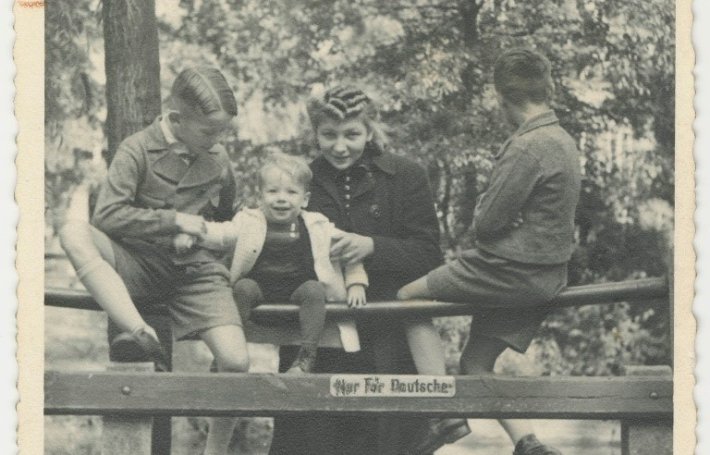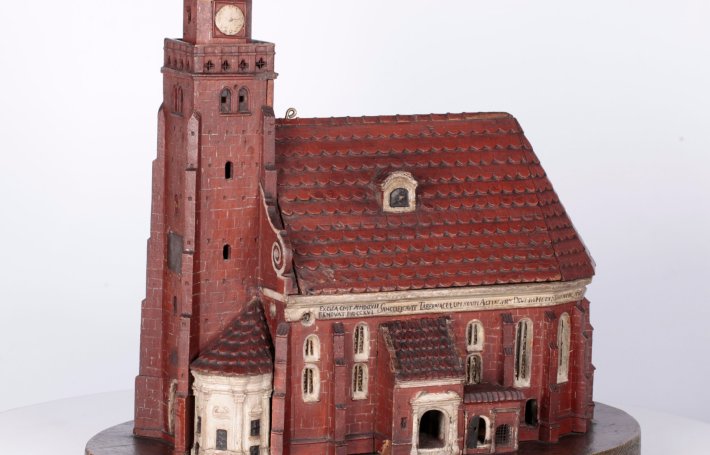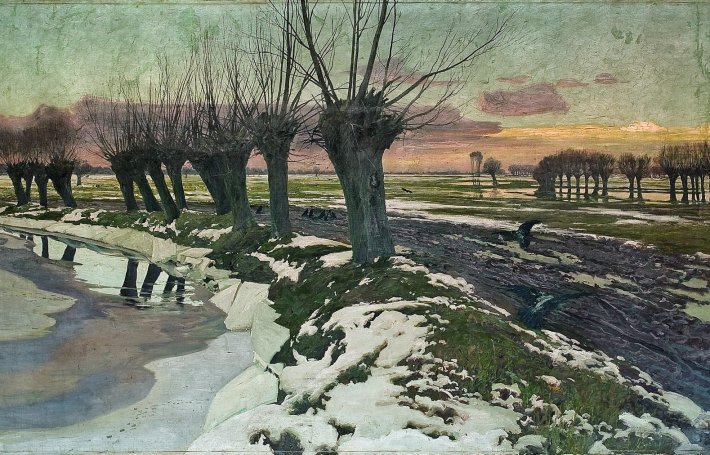At the meeting point of worlds. History of Leszno from the 16th to the 20th century

Permanent exhibition "At the meeting point of worlds. The history of Leszno from the 16th to the 20th century Curator of the exhibition - Dariusz Czwojdrak. Artistic setting ‒ Mirka Korbańska. The honorary patron of the exhibition was the Mayor of Leszno - Łukasz Borowiak.
Description and purpose of the exhibition We called the exhibition "At the meeting point of worlds", because for centuries Leszno was a place where traditions, customs, cultures, religions and languages intersected, various "worlds" met, and these connections created a rich and inspiring heritage. In neighborhood, coexistence, cooperation, but also in disputes, discussions and conflicts, all residents built THEIR town. What modern Leszno is like today, is the achievement and legacy of all past generations. Due to the policy of the owners of Leszno: the Leszczyński and Sułkowski families, from the very beginning of its existence, Leszno was open to visitors from various parts of Europe, of various religions and different financial status. Here the Catholic and Protestant worlds met, Christians and Jews, townspeople with nobility and peasants, Polish and German culture. The city was a melting pot where cultures, languages and customs mixed. This peaceful coexistence contributed to shaping the city we live in today. And this is what this exhibition is about.
Description and purpose of the exhibition We called the exhibition "At the meeting point of worlds", because for centuries Leszno was a place where traditions, customs, cultures, religions and languages intersected, various "worlds" met, and these connections created a rich and inspiring heritage. In neighborhood, coexistence, cooperation, but also in disputes, discussions and conflicts, all residents built THEIR town. What modern Leszno is like today, is the achievement and legacy of all past generations. Due to the policy of the owners of Leszno: the Leszczyński and Sułkowski families, from the very beginning of its existence, Leszno was open to visitors from various parts of Europe, of various religions and different financial status. Here the Catholic and Protestant worlds met, Christians and Jews, townspeople with nobility and peasants, Polish and German culture. The city was a melting pot where cultures, languages and customs mixed. This peaceful coexistence contributed to shaping the city we live in today. And this is what this exhibition is about.
More about the exhibition
We tell the history of Leszno from the 15th century to 1956 through objects - selected exhibits related to the city and its inhabitants in various ways. All of them are witnesses of the events taking place in Leszno, their illustration and souvenir. Images of the owners - representatives of the Leszczyński and Sułkowski families, distinguished residents: scientists, officials, craftsmen and merchants, cultural, social and patriotic activists - allow us to get to know our predecessors, wandering the same streets, visiting the same churches, town halls, offices, restaurants and parks... The views of Leszno recorded in paintings and photographs give you the opportunity to travel back in time and see the city through the eyes of people from centuries ago. Works of art and everyday objects - both products of the talent and work of Leszno artists, as well as objects created in the workshops of foreign Polish and European artists - are testimony to the taste, education, level and quality of life in former Leszno. The city's special pride is the valuable heritage of religious communities, presented in the District Museum in Leszno.
We have divided the exhibition into 15 parts that correspond to eras or issues important in the history of the town. While visiting the exhibition, we will find a Gothic monstrance from Saint Nicholas Catholic church, as well as a unique cover for the Lord's Supper, most likely brought to Leszno from the Czech Republic in 1628 and used in the liturgy by the Czech Brethren. The presented objects tell us about the life of the townspeople in Leszno in the modern period, and representative magnate and bourgeois portraits show the owners and citizens of the city. An important part of the exhibition was devoted to the history of Leszno in the 19th and 20th centuries. The time of the Prussian partition was a period of clash and coexistence of two elements: German and Polish. The testimony of this meeting of cultures is "Przyjaciel Ludu" - an illustrated Polish cultural magazine published in the 1930s and 1940s. 19th century, printed in the German company of Ernst Wilhelm Günther. An example of openness and tolerance was the figure of Johann Metzig - a military doctor, defender of Poles and philanthropist. In 1920, Leszno returned to the borders of the reborn Polish state. A population exchange took place then, which completely changed the demographic structure of the town. Most of the Germans left the town, Poles returning from deep within Germany arrived. Leszno was also settled by inhabitants of Greater Poland and people from southern and eastern Poland. They were mostly the clerical and teaching staff in the "new" Leszno. The interwar period was also a period when the shape of the border town was greatly influenced by the two regiments of the Polish army stationed here: the 55th Infantry Regiment and the 17th Uhlan Regiment. The final accent of the presented exhibition are souvenirs from the dark times of the Nazi occupation and the first period of the existence of the People's Republic of Poland. We hope that this trip into the past will allow you to look at the future differently.
Tickets
sightseeing - PLN 12 / PLN 10 reduced per person sightseeing with a guide - 1 hour / PLN 50 (+ entry ticket) educational classes - PLN 7 for schools / PLN 5 for kindergartens per person
About exhibits in ETR texts
Audio
Photograph of a park bench with the inscription: "Nür für Deutsche"
Model of the church of St. John
Landscape from the Jutrosin area
PJM
Photograph of a park bench with the inscription: "Nür für Deutsche"
PJM
Model of the church of St. John
PJM
Landscape from the Jutrosin area









